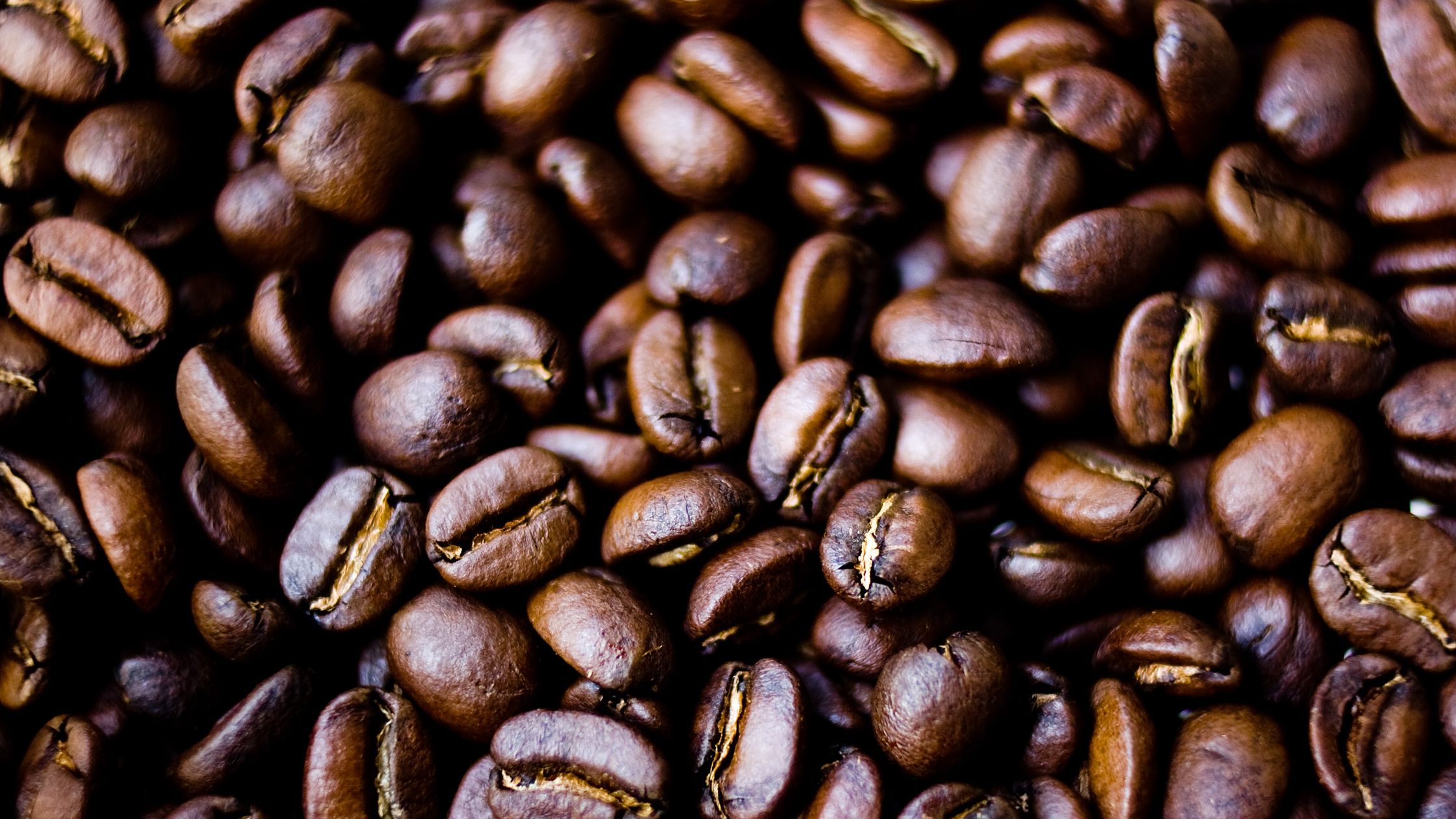- Beans: “Organic Fair Trade Peruvian” from Leaves ‘n Beans Coffee (Peoria Heights, IL)
- Roast level: medium
- Purchase date: 3/9/24
- V60:
Started these off at grind setting 29, only because that setting had been working well with the beans I just used up. It wasn’t bad, but had a very slight hint of acidity. I tried it a little bit finer at 28, and got a really good, smooth cup. I then tried 27, and it wasn’t quite as good, so I went back to 28, and I think I’ll stay there for the time being. Compared to my past few bags of Zeke’s, these beans are similar in that they grind pretty cleanly and don’t leave much residue in the grinder, but they take several seconds longer to draw down.
3/17 (Happy St. Patrick’s Day): acidity creeping in at 28 this morning, so this afternoon, I tried 26, which is the finest I’ve ground these so far. It was very good at this setting, so maybe finer is the right idea after all. I definitely felt the caffeine in this cup, so maybe 1:14.3 is a little too strong, though. FWIW, the draw-down finished at around 2:45-2:50 at this setting.
3/19: After 2 days of really good cups at setting 26, both cups today tasted weak and watery. I don’t think anything changed WRT water temperature, ratio or my brewing technique, so I’m not sure what happened. I guess I’ll try it finer tomorrow morning.
3/20: Adjusted grind to 24 this morning, and I think it was a little bit too fine, as it was starting to taste bitter. It will be another 6 days before I brew these beans again, but when I do, I’ll try 25. Could be that 25-26 is good, and I just need to adjust the ratio as the beans age, but I won’t know for sure until next week.
3/26: Setting 25 was not an improvement today. The cup tasted weak and lifeless. I haven’t changed anything WRT technique or recipe vs 10 days or so when I was getting fantastic cups, so my only conclusion is that the beans must be getting past their prime. I think I’m going to switch to AeroPress and see if I can get better results with immersion.
3/27: My usual AeroPress technique at 1:14 (ish) and grind setting 20 yielded a thin-bodied cup, which makes me suspect even more that the beans have degraded. I’ve been storing them in a Fellow vacuum canister, but haven’t been terribly impressed with these canisters, as they seem to slowly lose their seal over several days. I’ve moved the beans to a mason jar, because at least I can be confident it’s airtight. I tried pourover again today with grind setting 25 and a stronger ratio of 1:12.5 (24g coffee / 300g water) and it was better, but still tasted a little bit acidic/under-extracted. I’ll probably keep the strong ratio and start slowly adjusting the grind finer to see if I can get any improvement, or if it just starts getting bitter.
3/28: V60 at grind setting 24, 24g coffee and 300g water was a huge improvement over the past few days. The only thing of note is that I pre-wet the filter with water from the insta-hot tap, which I hadn’t been doing recently, but I doubt that made a huge difference. I could probably go a little bit finer still with the grind, but this was a good start. I don’t have many of the beans left, though.
4/2: Brewed the last of these (all except for about 7-8g) at grind setting 25 and 24g/300g. I didn’t check these notes ahead of time, and forgot that I had most recently been using grind setting 24. Probably not much of a difference either way. Today, I made a point of trying to slow down the water flow rate by pouring as slowly as the kettle would allow. The result was a pretty good cup.
4/7: I had 7-8g of beans to use up, so as an experiment, I ground it really fine (JX setting 10) and brewed it with 90g water (roughly 1:12) at 95C using my go-to AeroPress method (bloom with around 15g water until 0:45, top up to 90g, stir 5-6x, steep until 3:00, stir 5-6x again, press slowly) and although the cup cooled off quickly due to the low volume of water, it had pretty good flavor and body. I was surprised that it wasn’t bitter. So, these beans seem to like a really fine grind, at least after they age for a few weeks. There’s at least an outside chance I’ll try them again the next time I’m in the Peoria area, though I’d say more likely I’ll try something else from the same roaster, just for the sake of variety.
